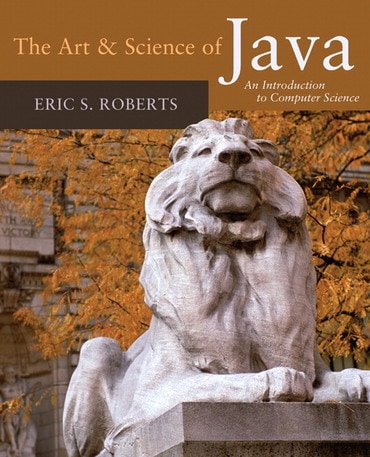Switch content of the page by the Role togglethe content would be changed according to the role

Art and Science of Java, The, 1st edition
Published by Pearson (February 19, 2007) © 2008
- Eric Roberts
Paperback
$149.32
Price Reduced From: $186.65
ISBN-13: 9780321486127
Art and Science of Java, The
Published 2007
Need help? Get in touch